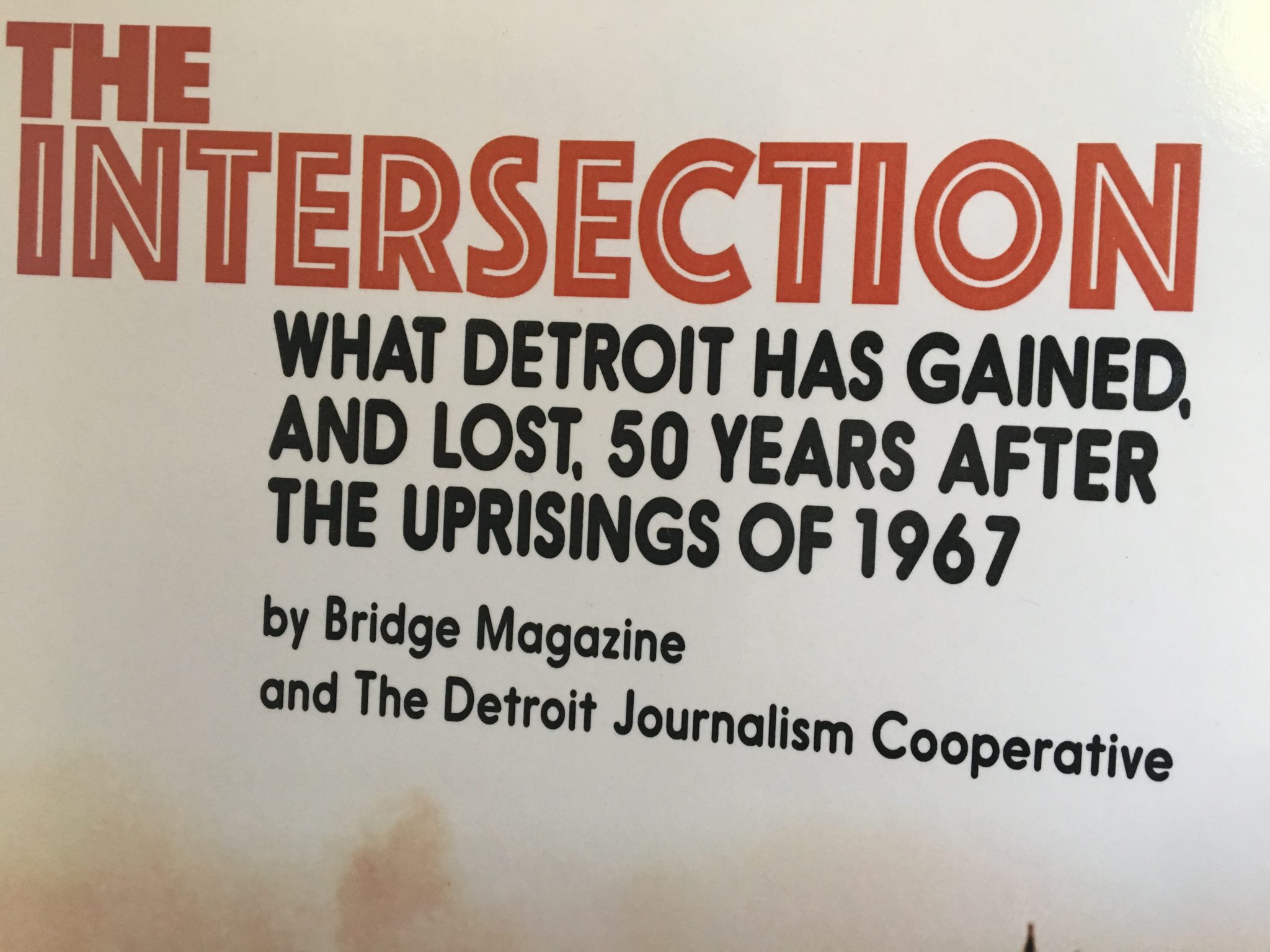The Intersection: Power and Inequality in Detroit
At the 50th anniversary of 1967, WDET reviews the issues that led to unrest and still define the city’s neighborhoods.

Nearly 50 years after a police raid at 12th and Clairmount streets ignited violence and carnage, WDET and the Detroit Journalism Cooperative are continuing to explore whether the conditions that helped produce the civil unrest in July 1967 have improved for Detroit residents.
We started by looking at power: who has it, who doesn’t, how has it changed? For more about power as a dynamic in the city and region, click here to visit the chapter landing page at The Intersection project.
The lack of power was cited by the “Report of the National Advisory Commission on Civil Disorders” published in 1968. Commonly known as the “Kerner Commission Report,” the document was the result of a presidentially appointed panel looking at urban violence around the country.
Here’s some of WDET’s conversations and findings about power in Detroit:
An Introduction to The Intersection and the Role of Power, on Detroit Today
What Does it Mean to Have Power? on Detroit Today
In 1967, Arab-American Residents Reeled from War in the Middle East, Unrest in Detroit, on Detroit Today
African-American Political Power in Michigan: By the Numbers
Charts by Melissa Mason, WDET
All of the work of the Detroit Journalism Cooperative partners can be found here.
